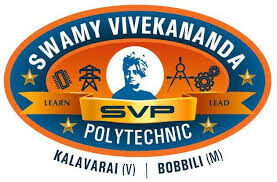Software testing, Debugging, Reliability, Quality Management& Maintenance
Coding Standards and Guidelines Coding Standards and Guidelines are essential practices in software development that help ensure code quality, maintainability, and consistency across a project or organization. They provide a set of rules and best practices for writing code, making it easier for developers to read, understand, and collaborate on codebases. Importance of Coding Standards […]
Software Design, Coding
Introduction Software Design, Coding Software Design and Coding are critical phases in the software development lifecycle that follow requirements analysis. They involve creating and implementing a detailed plan to build a software system that meets specified requirements. Software Design Software Design is the process of defining the architecture, components, interfaces, and other characteristics of a […]
Requirement Analysis & Specifications
Introduction of Requirement Analysis & Specifications Requirement Analysis and Specifications are critical phases in the software development lifecycle. They lay the groundwork for creating a product that meets user needs and business goals. Here’s a concise overview of each: Requirement Analysis Definition: Requirement Analysis is the process of understanding and documenting what a system should […]
Software Project Management
Software Project Management is a critical discipline in the field of software development that involves planning, organizing, leading, and controlling the resources and processes required to successfully complete a software project. It ensures that software projects are completed on time, within budget, and to the required quality standards while meeting stakeholder expectations. Key Aspects of […]
Basics of Software Engineering Designs & Life Cycle Models
Introduction of Basics of Software Engineering Designs & Life Cycle Models Software engineering is a systematic approach to the development, operation, maintenance, and retirement of software. It involves the application of engineering principles to software development in order to ensure that the software is reliable, efficient, maintainable, and meets user requirements. Key components of software […]
Data Structures
Introduction to Sequence data type in python sequences are a fundamental data type that represent an ordered collection of items. They allow for indexing, slicing, and iterating over elements. The most common sequence types in Python are strings, lists, tuples, and ranges. Each of these types has its own characteristics and uses, but they all […]
Functions and Arrays
Introduction of array function In Python, arrays are used to store collections of data in an organized manner. They can hold multiple items of the same data type, and their elements can be accessed using indices. While Python does not have a built-in array data type like some other programming languages, it offers similar functionality […]
Control Flow and Loops
Control statements: In Python, control statements are used to direct the flow of execution in a program. They allow you to make decisions, repeat actions, and branch the flow of control.|There are two types of control statements. they are:1.Conditional statements.2.Itreative statements 1. Conditional Statements Conditional statements are used to perform different actions based on different […]
